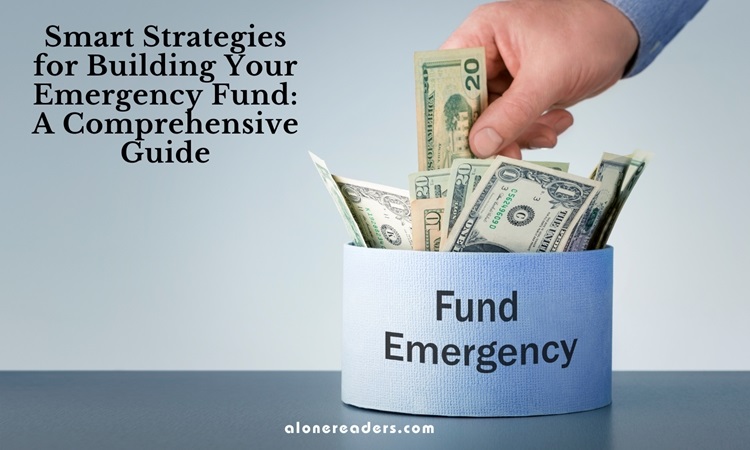
In today's unpredictable world, having an emergency fund is not just a financial decision; it's a necessity for peace of mind. An emergency fund acts as a financial buffer that can keep you afloat in a time of need without having to rely on high-interest loans or credit cards. Building an emergency fund may seem daunting, but with the right strategies, it's an achievable goal.
Why You Need an Emergency Fund
An emergency fund is essential for several reasons:
How Much Should You Save?
A general rule of thumb is to have three to six months' worth of living expenses in your emergency fund. However, the right amount depends on your personal circumstances, including job security, health, and whether you have dependents.
Starting Small
Automating Your Savings
Cutting Expenses and Increasing Income
Saving Windfalls
High-Interest Savings Accounts
Adjusting Goals Over Time
Dealing with Debt
Staying Motivated
Building an emergency fund is a crucial step in securing your financial well-being. By starting small, automating your savings, and continuously adjusting your goals, you can build a fund that will provide peace of mind and financial security. Remember, the journey to financial stability is a marathon, not a sprint. Start today, and you'll be thankful tomorrow.